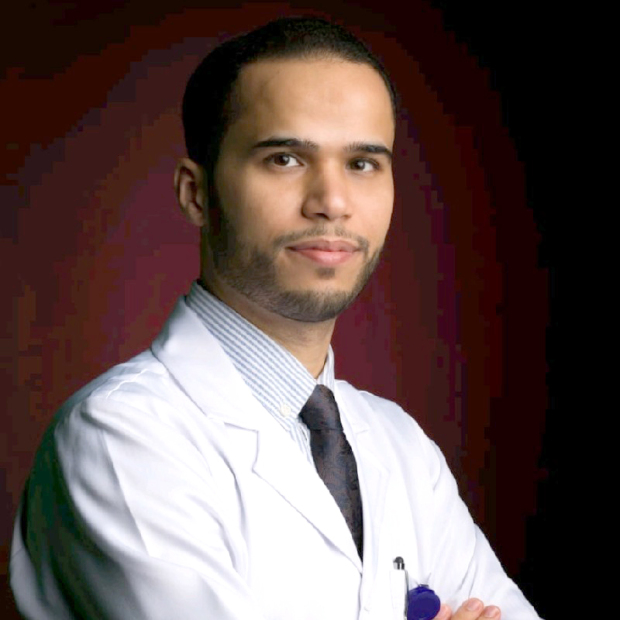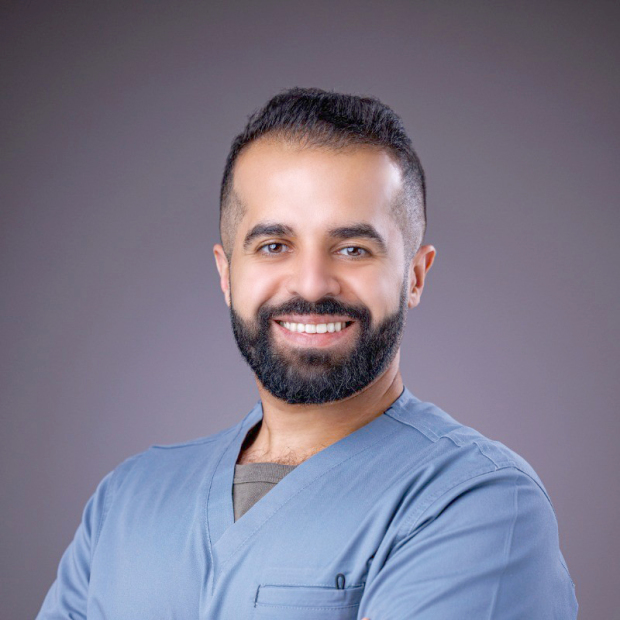Bahraini researchers have developed a new region-specific questionnaire, designed to save lives by detecting early warning signs of sports-related sudden cardiac death (SSCD).
It was created as part of the ‘Sports-related sudden cardiac death: Developing a valid and reliable screening tool’ study by University of Bahrain researchers Mohamed Merza Al Rayes and Mohamed Abdulla Husain.

Mr Al Rayes

Mr Husain
The 34-item tool is designed to identify individuals at increased risk of SSCD – a rare but devastating heart attack that can occur during or immediately after exercise.
Published in the Saudi Journal of Sports Medicine, the research outlines how the questionnaire was created, validated and adapted to the Gulf’s cultural and demographic context.
“Although uncommon, sports-related sudden cardiac death (SSCD) can have catastrophic outcomes,” the authors wrote. “Existing international screening tools such as the American Heart Association-14 (AHA‑14), participation physical evaluation-4 (PPE-4), Physical Activity Readiness Questionnaire, American College of Sports Medicine risk stratification and Framingham Risk Score are limited in their ability to detect risk factors relevant to diverse populations, particularly within the Arabian Gulf region.
“This research aims to develop and validate a comprehensive screening questionnaire for identifying individuals at increased risk of SSCD during physical activity.”
According to the researchers, the new tool can be implemented in sports clubs, fitness centres and mass screening initiatives.
The 34 questions are divided into eight areas – participant demographics, exercise-induced symptoms, family history of cardiovascular disease, personal medical history, cardiovascular risk symptoms, current and past medication use, use of supplements and performance enhancers, and psychosocial and lifestyle factors.
To adapt it to the region, researchers undertook a number of steps including a thorough translation to Arabic to make it easy to disseminate in the local community.
“Most offered screening questionnaires are available only in English, thus limiting their wide use across populations speaking other languages, especially Arabic,” the authors noted.
In addition, while most existing tools are focused at professional athletes and are administered by medical professionals, the new questionnaire can be self-administered and is targeted at both professional and recreational athletes who may lack access to formal medical screening.
It also considers exercise habits typical in the region, such as intense gym-based training and community sports, rather than organised college or school programmes.
Furthermore, while previous studies ‘excluded psychosocial or stimulant-related factors’, the questionnaire covers the use of whey or casein protein, fat-burners, pre-workout boosters, amino acids, testosterone or growth hormone supplements, and sports doping drugs, which have exploded in use since ‘gym culture’ has become popular in the region.
The screening tool also looks at psychosocial and lifestyle factors like work, family and social pressures, which are often underexplored in other models.
To ensure the tool’s scientific validity, the team conducted a multi-stage review process involving cardiologists, exercise physiologists and physiotherapists.
Experts who assessed the questionnaire rated it highly for clarity and relevance.
The study places this research within the context of an urgent need for better screening in Bahrain and the wider region.
“Cardiovascular screening of athletes is one of the approaches to detect SSCD-related conditions; however, there is no national consensus on who should be screened and how they should be screened,” it stated.
While existing international guidelines call for pre-participation examinations including cardiac history, physical exams and ECGs, the researchers point out that these are not always practical, especially for recreational athletes.
The researchers emphasised that the questionnaire is ‘not a diagnostic tool’ and ‘does not replace the importance of a full and detailed preparticipation screening by sports medicine and cardiology experts’.
Instead, they position it as a quick, low-cost and self-administered questionnaire to screen for possible risk factors, leading to SSCD.
In their conclusion, the authors recommended that the new questionnaire be used in the cardiac screening of athletes at sports clubs, sports associations and teams.
They also called for large-scale pilot testing of the new tool using a bigger sample, to validate its relevance.
Incidents of sudden cardiac arrest in sports include the death of footballer Marc-Vivien Foé. The former West Ham United favourite tragically passed away at the age of just 28. The midfielder collapsed while playing for his country, Cameroon, against Colombia in the semi-finals of the FIFA Confederations Cup at the Stade de Gerland in Lyon, France, on June 26, 2003.
naman@gdnmedia.bh


&uuid=(email))